Melbourne Art Fair embraces change with new director Melissa Loughnan
With a new director at its helm, the major contemporary art event is opening itself up to a modern demographic of collectors – and forging an approachable image.
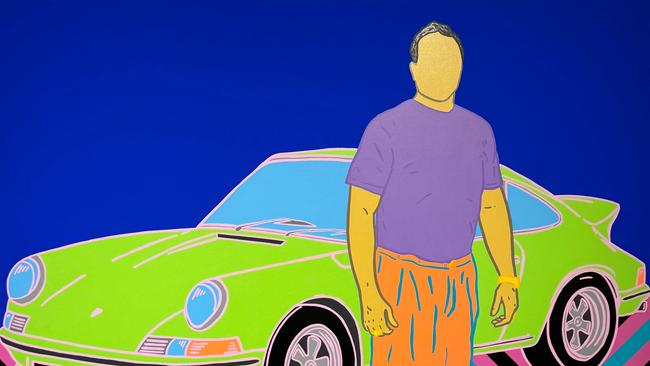
There is a tide turning in Australia’s contemporary art scene. The new year ushers in a round of new beginnings – for artists, gallerists and collectors alike. In 2025, Australia’s contemporary art calendar begins with its first major event, Melbourne Art Fair, running over four days from February 20 to 23.
In her first year as fair director, Melissa Loughnan brings a fresh perspective to one of the country’s longest-running commercial art events.
While the so-called ‘white cube’ of the contemporary art world has often been criticised as making it daunting and difficult for prospective collectors to break through, Loughnan says “the culture is changing generationally”.
The newly appointed Loughnan acknowledges her directorship will be different to previous ones because of her varied career. She initially founded indie not-for-profit gallery Utopian Stumps in 2007 as a young gallerist before shifting to a commercial model in 2010. Eventually closing her gallery in 2014, Loughnan enjoyed a brief stint as director with the Anna Schwartz Gallery before moving into consulting in both the public and commercial sectors.
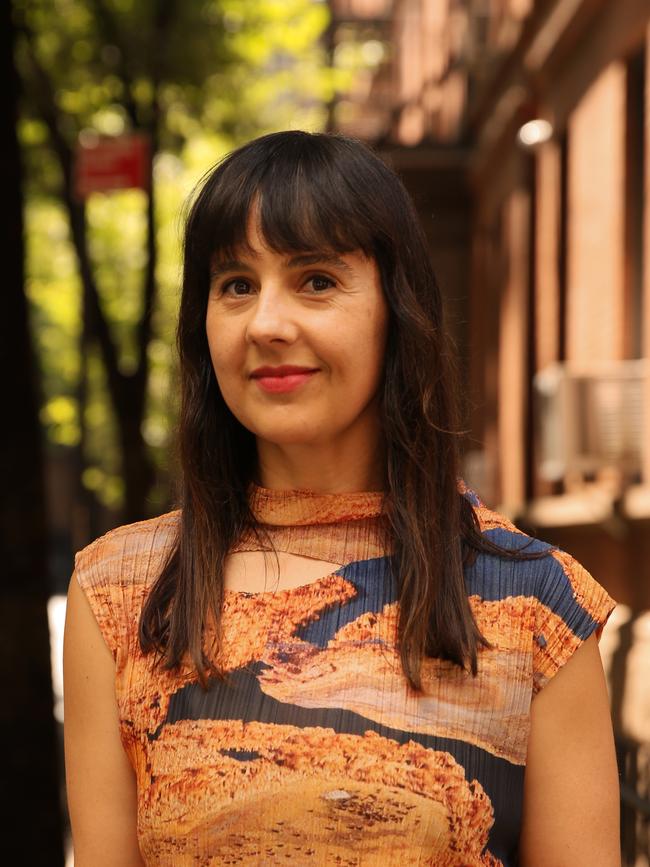
“To me, it has felt like a natural progression in my career but I suppose my journey has been really unique,” she says, “It’s a somewhat rare move to go from running a non-profit gallery to directing a commercial art fair.”
This year’s fair, which has been produced by not-for-profit Melbourne Art Foundation with senior barrister Peter Jopling as its chair, welcomes back contemporary art stalwarts including Roslyn Oxley9, Ames Yavuz and Sullivan+Strumpf, who will show acclaimed artists like Tracey Moffatt, Tony Albert and Reko Rennie.
It’s the new generation of gallerists and emerging artists Loughnan is most looking forward to introducing this coming weekend.
“There’s a few emerging artists I’m really excited about this year. I love the work of Sebastian Temple who is showing with [Melbourne-based] Hayden’s Gallery. He makes these beautifully imperfect handmade stools from reclaimed timber and gorgeous ceramic urns,” says Loughnan.
She adds: “Another that comes to mind immediately is Ali Sharabdar from Melbourne, who’s showing with Daine Singer – I even bought one of his watercolours myself.”
Sharabdar, an Iranian refugee who lives and creates art out of his Footscray apartment, has been doing so for over 10 years without ever having practised professionally. Singer, who runs her own gallery and is a self-described ethical art dealer, says gallerists often have to balance up commercial opportunities with passion projects – and sometimes it’s the love of art that wins out.
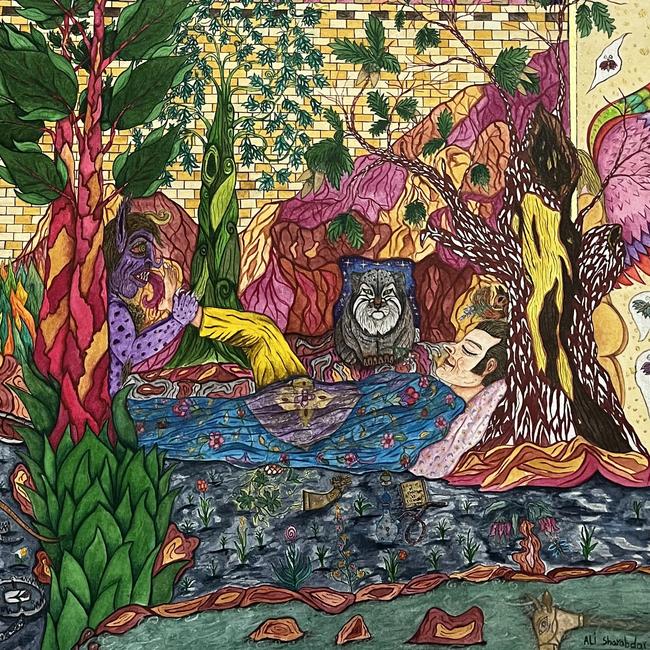
When Singer came across Sharabdar’s work in an open call exhibition in 2019, where she promised to display the art of the winner, he was working as a delivery driver. Last week, he sold his very first piece and looks toward a career in art-making.
“You’re taking a big risk as a commercial gallery when you decide to show an emerging artist,” says Singer, “But I’m at the point in my career where I want to give opportunities to deserving people.”
Just as contemporary art fairs are a whole new world for emerging artists so too are they for new art buyers.
For those who may be concerned about their first foray into the world of contemporary art collecting, Loughnan suggests seeking out the fair’s Young Galleries – a section of the fair dedicated to up-and-coming gallerists – as a starting point.
“It means the fair will feature more work that is available at an entry-level price point,” she says, “Young galleries tend to show early-career artists and their work is more affordable.”
This year the Young Galleries initiative, which subsidises galleries younger than seven years old to show at the fair, expands to 19 exhibitors instead of the usual 10 or so.
“It wasn’t a conscious strategic decision but as a former young gallerist myself it has probably influenced the direction we’ve taken this year,” says Loughnan, “It’s a really welcoming community-driven atmosphere. They want you to ask questions because that’s the only way people learn – and really no question is all that silly.”
Animal House Fine Art is one of those new galleries entering the fair for the first time. Director Matthew Ware, who established the gallery in 2023, says: “Melissa has been a great support because she also had the experience of running a gallery that grew a generation of emerging artists.”
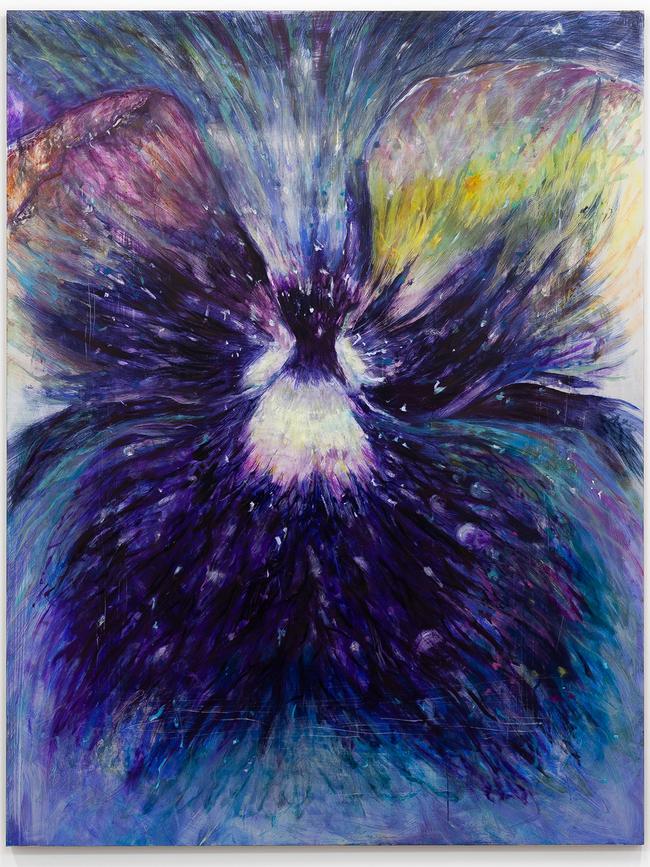
“It’s really hard to run a gallery representing younger artists who don’t have an existing collector base,” he says, “But that gives me even more reason to platform this subsection of emerging creatives who are underrepresented.”
The art fair allows young dealers like him to platform a more affordable alternative, allowing both younger collectors and buyers with a smaller budget to break into the art market.
“Currently, there is a younger collector market – but they tend to buy fashion or furniture instead of art, perhaps they see it as more practical,” he says, “It’s definitely a goal of mine to reach that demographic who may have some disposable income, to make them see art is just as valuable.”
The best tips for contemporary art buying in 2025
Love what you buy
“First and foremost, you need to really love the work you buy – it should make you feel or think a certain way that inspires you,” says Loughnan.
Buying merely for the sake of investment may land you with a bigger hole in the pocket than you bargained for.
“You just can’t guarantee the market, it’s quite volatile these days unless you’ve got some kind of intel that an artist will be showing in a public institution. It’s just not tried and true in the way it might be for modern art,” she says.
Take a chance on emerging artists
“I would encourage people to be open-minded about purchasing work from early career artists. They might be winning the next Archibald Prize or exhibiting at the next Sydney Biennale, which means the value [of their work] goes up,” says Loughnan.
As a young gallerist who also represents newer artists, Ware shares this sentiment: “Melbourne Art Fair allows smaller galleries to provide context for the work of these newer artists – they’re already making waves, though, by being shown next to galleries with really established artists.”
Use social media to hone your artistic tastes
“If you’re on social media platforms like Instagram, start by following galleries that are of interest to you. You tend to start seeing their community of artists and can then find other artists through those ones,” says Loughnan.
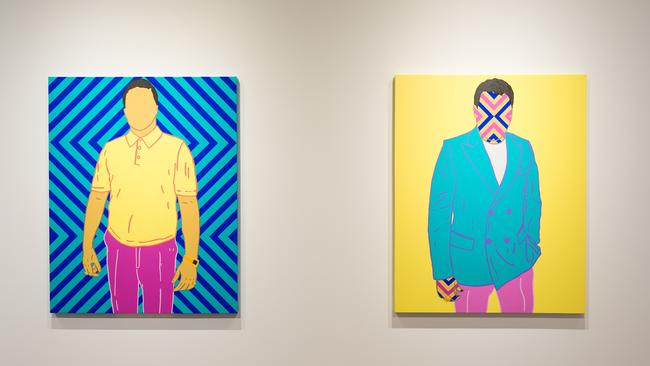
For those who are not on social media, Owen Craven, managing director at leading international gallery Ames Yavuz, suggests frequenting openings at commercial galleries or graduate school shows, such as at The National Art School and Victorian College of the Arts, where possible to become acquainted with gallerists and artists themselves. For those who are time-poor, the journey toward art collecting can start with picking up a print copy of an Art Almanac or Art Guide.
Public art remains a focus
Alongside the significant commercial success the fair hopes to see, even as cost-of-living pressures rise, the program’s focus on public art remains strong. Loughnan is joined by curator Anna Briers from the Len Lye & Contemporary Art, Govett-Brewster Art Gallery, who is curating a presentation of three large-scale installations as part of the fair’s BEYOND 2025 program. The VIDEO 2025 program is headed up by Rachel Ciesla, curator for the Art Gallery of Western Australia’s Simon Lee Foundation Institute of Contemporary Asian Art.
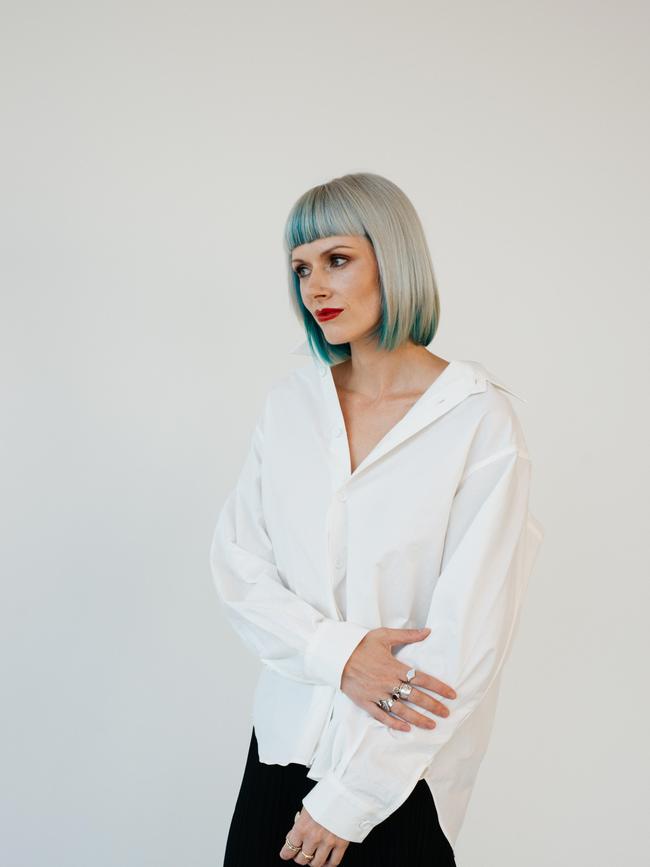
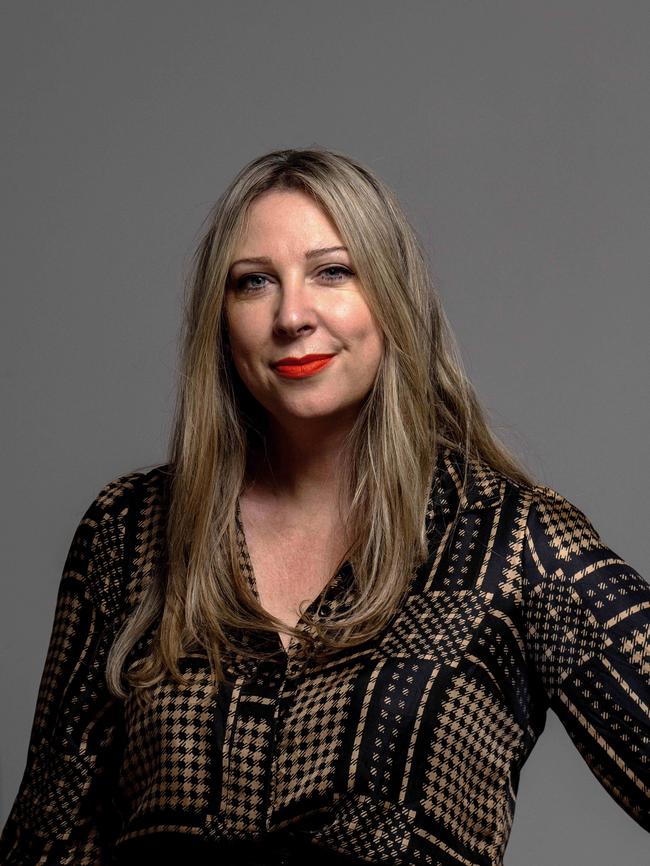
Each year the fair provides an opportunity for one contemporary artist to present a large-scale work across the four-day event, which is made possible through the Melbourne Art Foundation Commission program. In 2025, the fair will feature not one but two major commissions. The first is a new video work by Singaporean artist Dawn Ng commissioned by the fair in partnership with Brisbane’s QAGOMA and supported by The Ritz-Carlton Melbourne. The fair’s second commission will be a sculptural installation by Auckland-based artist Yona Lee, in partnership with Govett-Brewster Art Gallery/Len Lye Centre and supported by Artwork Transport.
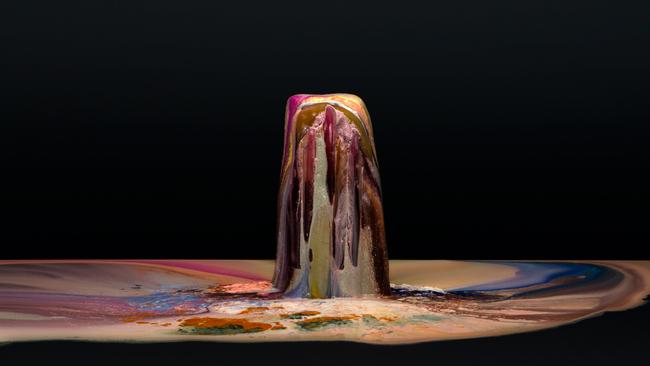
This marriage of public and commercial art is one step the fair is taking in the right direction to make the industry more approachable to guests.
“A lot of us [gallerists] are very passionate about democratising the contemporary art world. We know that people can feel intimidated if they haven’t constantly been engaging with galleries and arts,” says Craven, “That’s why the art fair is such a key space to break down that barrier.”
The Melbourne Art Fair is on from February 20 - 23 at the Melbourne Convention and Exhibition Centre, South Wharf.



To join the conversation, please log in. Don't have an account? Register
Join the conversation, you are commenting as Logout